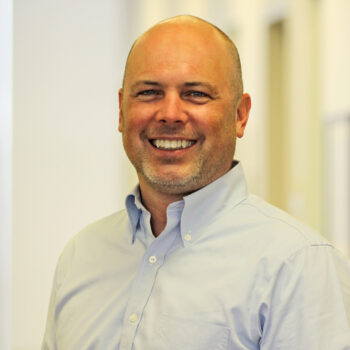“Why do you think that our staff who are women are rating our foundation’s culture less positively than men — even though there are more women than men at the foundation and in leadership,” asked the HR director who was working with me on her foundation’s employee survey.
I think back to that question frequently because I had a decent, but not deep, answer based on the information CEP had collected. I wish I’d had more to offer.
In our work with the 50 foundations that have commissioned a Staff Perception Report (SPR) from CEP, we always seek to understand whether groups of staff, at any foundation, are having different experiences. Often we don’t find any differences, and that’s good news. But sometimes we do, and it sparks a conversation about the experiences of people of color, of women (or men), or of another group’s experiences.
Ultimately, that conversation about data is the beginning of a more important conversation about inclusion — ensuring that all staff feel welcome in, and able to contribute to, a foundation’s work.
The 2017 iteration of Is Grantmaking Getting Smarter?, published by Grantmakers for Effective Organizations, highlighted that more than 80 percent of respondents to its triennial foundation survey indicated that diversity, equity, and inclusion (DEI) was an important consideration for their work. However, about half or less reported having recently put in place specific internal DEI-related practices/policies, and fewer still benchmarked the success of their DEI efforts against relevant data.
In recent years, CEP has also been considering where we could go further in contributing to funders’ DEI efforts. In thinking about how our assessment and advisory services team could help individual funders and build data for the field, we honed in pretty quickly on the Staff Perception Report. That survey had only a couple questions about respect for people of different races, genders, and backgrounds (though we had worked with many individual funders to add customized questions about DEI to the surveys they had commissioned). We recognized that we were missing an opportunity with the SPR to build a broader dataset in which funders could reflect on and contextualize their DEI efforts.
So we got to work designing a more in-depth series of DEI-related questions. With gratitude to W.K. Kellogg Foundation and Arelis Diaz, our program officer there who encouraged us to make these questions a standard part of our survey, we piloted them in our own annual staff survey here at CEP. We then revised the questions to incorporate related input that CEP’s advisory board provided for an effort by our Research team (also supported by Kellogg), which is studying what information funders are currently collecting and using regarding the diversity of their grantees and beneficiaries.
The new survey items, which include both open and closed response questions, are now part of the survey for all funders that work with CEP to get feedback from their staffs. The questions explore the ways in which staff feel the funders they’re working for:
- Demonstrate a commitment to diversity, equity, and inclusion internally and in their programs;
- Are committed to and have practices that reflect a commitment to racial, gender, and other types of diversity; and
- Have leadership that exemplifies those values.
We designed these new questions to complement existing ones about engagement and empowerment, goal alignment and communication, internal culture, and programs. We believe they will provide helpful early input for funders starting to think about DEI as well as more nuanced ongoing tracking for funders measuring the progress of their DEI efforts over time.
In his new book, The Diversity Bonus: How Great Teams Pay Off in the Knowledge Economy, Scott E. Page lays out an extensive set of empirical evidence for the existence of what he calls a “diversity bonus” — the benefits in tangible outcomes that accrue to diverse teams working on non-routine, cognitive tasks. That sounds a lot like philanthropic decision making (which is perhaps in part why the book was supported by the Andrew W. Mellon Foundation and prefaced by its president, Earl Lewis).
Page writes:
Success requires unity and difference. Successful diverse teams must be united in their goals. At the same time, team members must appreciate, encourage, and engage their difference. They cannot check their identities at the doors. They must bring their whole selves — their identities, their experiences, their education and training — to achieve these diversity bonuses.
Diversity and inclusion are linked to success. With these new questions, I’m excited to take another step to help foundations build the diverse, inclusive, and equitable organizations that will enhance their effectiveness.
Kevin Bolduc is vice president, assessment and advisory services, at CEP. Follow him on Twitter at @kmbolduc.




